Are you tired of submitting the same generic resume for every job application, only to receive rejections or no responses at all? Learning how to effectively tailor your resume to each job application is crucial in today’s competitive job market. By customizing your resume to match the specific requirements of each job, you significantly increase your chances of standing out and getting noticed by employers. In this step-by-step guide, we will walk you through the process of tailoring your resume to maximize its impact and improve your chances of landing your dream job.
Step 1: Understanding the importance of tailoring your resume
When it comes to job applications, one size does not fit all. Employers are looking for candidates who possess the skills, experience, and qualifications that directly align with their job requirements. Tailor your resume and highlight your most relevant qualifications, and increase your chances of getting selected for an interview.
Step 2: Researching the job and employer
Before you start customizing your resume, it’s essential to thoroughly research the job and the employer. Understand the key skills, qualifications, and experiences they are seeking in a candidate. Review the job description and take note of the keywords and phrases used. Additionally, familiarize yourself with the company’s values, culture, and mission to ensure your resume aligns with their expectations.
To increase your chances of success in the competitive job market, it is essential to conduct a comprehensive investigation into the company and the position you are applying for. Take the time to thoroughly understand their values, mission, and recent accomplishments. By doing so, you will demonstrate genuine interest and align yourself with their goals. Remember, it is not merely about securing any job; it is about finding the perfect cultural fit and aligning with the company’s values and purpose. When there is a strong alignment, you can enjoy a harmonious working environment and experience a sense of fulfillment in your career.
For example, suppose you are applying for a marketing position at a company known for its commitment to sustainability and eco-friendly practices. After researching the company, you discover that they prioritize candidates who are passionate about environmental responsibility. In your CV, you can showcase your experience in sustainable marketing campaigns and emphasize your dedication to promoting environmentally conscious practices. By aligning your qualifications with the company’s values, you demonstrate your genuine interest and increase your chances of standing out as an ideal candidate.
Step 3: Analyzing your existing resume
Remember, your resume should be concise and focused, highlighting your most significant achievements and qualifications.
- Start by examining each section of your resume, such as the professional summary, work experience, education, skills, and additional sections. Evaluate the content in each section and assess its alignment with the job requirements.
- Identify the experiences, skills, and qualifications that directly relate to the specific role you are targeting. These could include relevant job responsibilities, achievements, projects, or certifications. Focus on showcasing your expertise in areas that are of utmost importance to the potential employer.
- Once you have identified the sections or experiences that are not directly relevant to the job, consider removing or minimizing them. Irrelevant information can clutter your resume and distract from the key points you want to highlight. By eliminating such details, you create space to emphasize your most significant achievements and qualifications.
Step 4: Tailoring your resume’s professional summary/objective
The professional summary or objective at the beginning of your resume is the perfect opportunity to tailor your application to a specific job. Craft a compelling summary that clearly communicates your skills, experiences, and achievements that are most relevant to the position. Tailor your resume and incorporate keywords and phrases from the job description to demonstrate that you possess the desired qualifications.
Here’s how you can develop a compelling summary that effectively communicates your qualifications and aligns with the job you’re applying for:
- Identify key skills and experiences: Start by carefully reviewing the job description and identifying the skills, experiences, and qualifications that are most important for the position. These could include specific technical skills, industry knowledge, or soft skills such as leadership or problem-solving abilities.
- Craft a concise summary: In two to three sentences, summarize your most relevant skills, experiences, and achievements that directly align with the job requirements. Focus on capturing the essence of your qualifications and what sets you apart as a candidate. Highlight your strengths and what you can bring to the role.
- Incorporate keywords and phrases: To demonstrate that you possess the desired qualifications, incorporate relevant keywords and phrases from the job description into your professional summary. This helps your resume pass through automated applicant tracking systems (ATS) and shows the hiring manager that you have the necessary skills and experience.
For example: Applying for a Software Engineer position:
“Results-driven software engineer with 5+ years of experience in full-stack web development. Proficient in Java, JavaScript, and Python, with a strong focus on designing and implementing scalable solutions. Skilled in collaborating with cross-functional teams and delivering high-quality code on time. Committed to continuously expanding knowledge in emerging technologies and providing innovative solutions to drive business success.”
In this example, the candidate highlights their relevant experience and technical skills in full-stack web development. They emphasize their ability to work collaboratively, meet deadlines, and their dedication to staying up-to-date with emerging technologies.
Step 5: Tailor your resume showcasing relevant skills and experience
In the “Skills” section of your resume, you have the opportunity to showcase your relevant abilities and experiences in a way that directly aligns with the job requirements. Follow these guidelines to highlight your skills and experiences effectively:
- Create a “Skills” section: Dedicate a section specifically for your skills and list the key skills that directly match the job description and are most relevant to the position you’re applying for. This section provides a quick snapshot of your qualifications for the hiring manager.
- Be specific and provide examples: When listing your skills, be specific and provide concrete examples of how you have successfully applied these skills in previous roles or projects (if you have enough space). For technical skills, mention the tools, software, or programming languages you are proficient in. For soft skills, highlight specific scenarios where you utilized those skills to achieve positive outcomes.
- Emphasize relevant accomplishments and responsibilities: When describing your work experience, focus on accomplishments and responsibilities that are most relevant to the job you’re applying for. Tailor your descriptions to showcase experiences demonstrating your ability to perform well in the desired role. Use bullet points to highlight specific achievements or tasks that showcase your skills and competencies.
For example:
Job Title: Marketing Coordinator
Skills:
- Social media management and strategy development (Proficient in using Facebook Ads Manager and Hootsuite to increase brand visibility and engagement by 30%).
- Content creation and copywriting (Developed engaging blog articles and email campaigns resulting in a 20% increase in website traffic and a 15% boost in lead generation).
- Market research and data analysis (Conducted comprehensive market analysis to identify new target demographics, resulting in a successful product expansion and a 25% revenue growth).
- Project management and coordination (Led cross-functional teams in executing successful marketing campaigns, ensuring timely delivery and adherence to budgets).
- Strong communication and interpersonal skills (Collaborated with stakeholders, vendors, and clients to ensure seamless execution of marketing initiatives and maintain strong relationships).
In this example, the candidate creates a “Skills” section specifically tailored to the Marketing Coordinator position. They provide specific examples of how they have successfully applied their skills in previous roles, highlighting measurable results and achievements. This helps the hiring manager quickly assess the candidate’s qualifications and suitability for the job.
By incorporating a dedicated “Skills” section and emphasizing relevant accomplishments and responsibilities, you can effectively demonstrate your capabilities and alignment with the job requirements. This approach ensures that your resume presents a compelling case for your candidacy and increases your chances of being selected for an interview.
Step 6: Tailoring your education and certifications
To tailor your resume, it’s important to consider the relevance of your education and certifications to the job you’re pursuing. This section provides an opportunity to highlight your educational background and any additional qualifications that directly align with the job requirements. Here’s how you can effectively showcase your education and certifications:
- Assess the relevance: Review the job description and evaluate the importance of your education and certifications for the desired role. Identify the specific qualifications or knowledge areas that the employer is seeking. This could include specific degrees, certifications, or coursework related to the job.
- Include recent certifications: If you have obtained any recent certifications or completed relevant courses, be sure to include them in this section. Highlight the name of the certification, the issuing organization, and the date of completion. This demonstrates your commitment to professional development and your up-to-date knowledge in the field.
- Highlight relevant coursework or projects: If your education included coursework or projects directly related to the job you’re applying for, mention them in this section. Focus on highlighting the specific topics or projects that showcase your expertise and knowledge in the desired field. This can help demonstrate your practical understanding of key concepts and your ability to apply them in real-world scenarios.
Example:
Education: Bachelor of Science in Computer Science, XYZ University, City, State (Year)
- Relevant Coursework: Database Management, Web Development, Software Engineering
- Capstone Project: Developed a web application that streamlined data management processes, resulting in a 30% increase in efficiency.
Certifications:
- Certified Project Management Professional (PMP), Project Management Institute (Year)
- Google Analytics Certification, Google (Year)
In this example, the candidate has a Bachelor’s degree in Computer Science, and they specifically mention relevant coursework and a capstone project that demonstrates their expertise in areas related to the job they’re pursuing. Additionally, they highlight relevant certifications such as PMP and Google Analytics, further validating their qualifications.
By including your education and certifications in a tailored manner, you showcase your relevant qualifications and increase your credibility as a candidate. This section allows hiring managers to quickly assess your educational background and any additional credentials that make you a strong fit for the job.
Step 7: Customizing your achievements and awards
When tailoring your resume, it’s important to review your list of achievements and awards and select those that are most relevant to the job you’re applying for. This section allows you to highlight specific accomplishments that demonstrate your skills, qualifications, and track record of success. Here’s a more detailed explanation of how to approach this:
- Review your achievements: Take a close look at your past achievements and awards, considering their relevance to the job you’re pursuing. Identify accomplishments that showcase the skills, experience, and qualifications sought by the employer. Look for achievements that align with the specific areas or responsibilities mentioned in the job description.
- Highlight relevant accomplishments: Once you have identified the most relevant achievements, include them in this section of your resume. Focus on highlighting specific accomplishments that directly relate to the desired role. These could include notable projects, successful outcomes, significant contributions to previous employers, or recognition received.
- Showcase skills and qualifications: When describing your achievements, emphasize the skills and qualifications that are most important for the job. Highlight how your accomplishments demonstrate your expertise in the specific areas sought by the employer. Use action verbs and concise language to describe your achievements in a compelling and impactful manner.
- Quantify your achievements: Whenever possible, quantify your achievements to provide concrete evidence of your success. Use numbers, percentages, or other measurable metrics to showcase the impact you made. This helps hiring managers understand the scope and magnitude of your accomplishments. Quantifying your achievements adds credibility to your resume and makes it more impactful.
Example: Achievements and Awards:
- Increased annual sales revenue by 25% through the implementation of targeted marketing campaigns, resulting in $1 million in additional revenue.
- Led a cross-functional team to successfully launch a new product, achieving 20% market share within the first six months.
- Received the “Employee of the Year” award for consistently exceeding performance targets and delivering exceptional customer service, as recognized by customer feedback surveys.
In this example, the candidate has selected achievements that directly align with the job they’re applying for. They quantified their accomplishments by providing specific numbers and percentages, which adds credibility and demonstrates the impact of their work.
By carefully selecting and highlighting relevant achievements and awards, you showcase your abilities and qualifications in a way that directly addresses the employer’s needs. This section helps you stand out as a candidate who has a track record of success and can contribute to the success of the organization.
Step 8: Tailor your resume’s format and design
While the content of your resume is crucial, the format and design also play a significant role. Tailor your resume and ensure that your resume is easy to read and visually appealing. Use a clean and professional font, appropriate headings, and consistent formatting throughout. Consider using bullet points to highlight key information and make it easier for hiring managers to scan your resume.
Some examples of a resume for your next job application
Step 9: Proofreading and editing
Before submitting your tailored resume, it’s crucial to proofread and edit it meticulously. Check for any spelling or grammatical errors and ensure that the formatting is consistent. Ask a friend or family member to review your resume for a fresh perspective and to catch any mistakes you may have missed and tailor your resume with all the guarantees of success.
Tailoring your resume for each job application is a crucial step in optimizing your chances of success. By following this step-by-step guide, you can create a resume that effectively showcases your qualifications, experiences, and skills that directly align with the job requirements. Remember, customization is key in today’s competitive job market, so invest the time and effort to tailor your resume to each opportunity. Good luck!
Photo by Pavel Danilyuk from Pexels



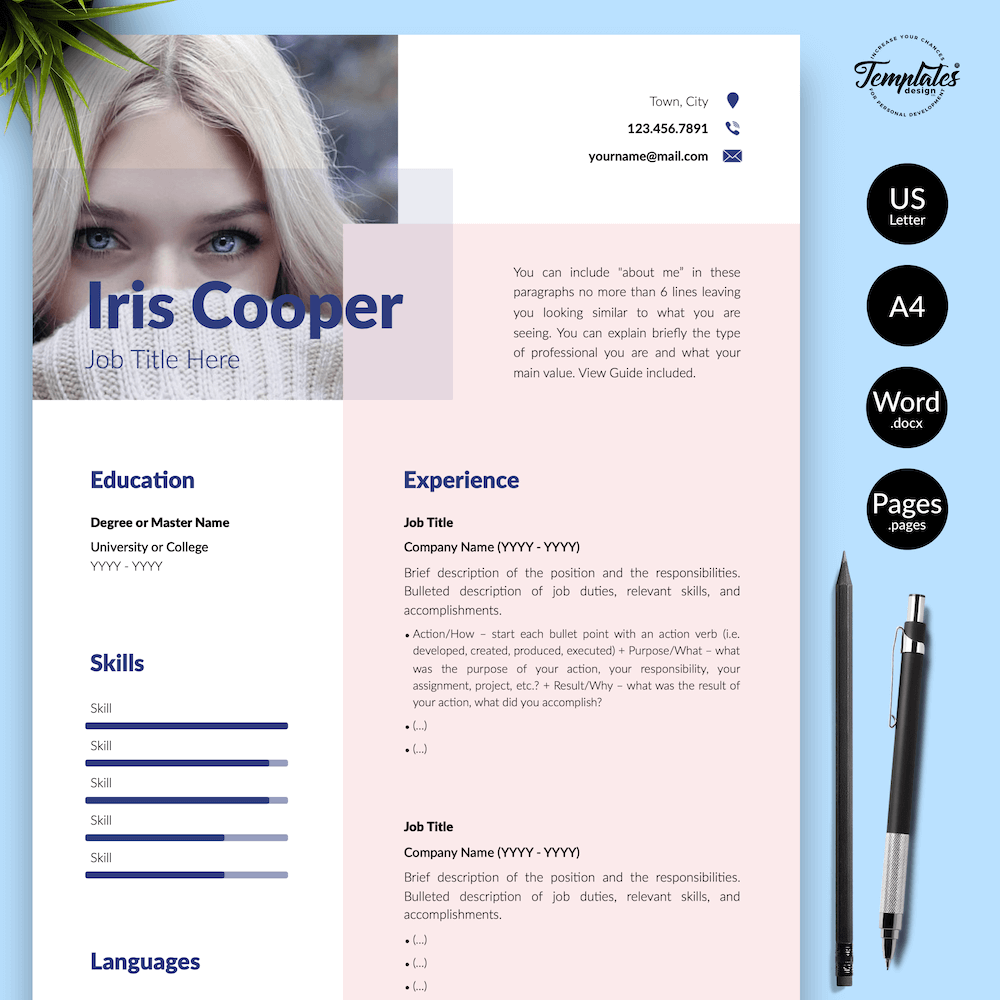
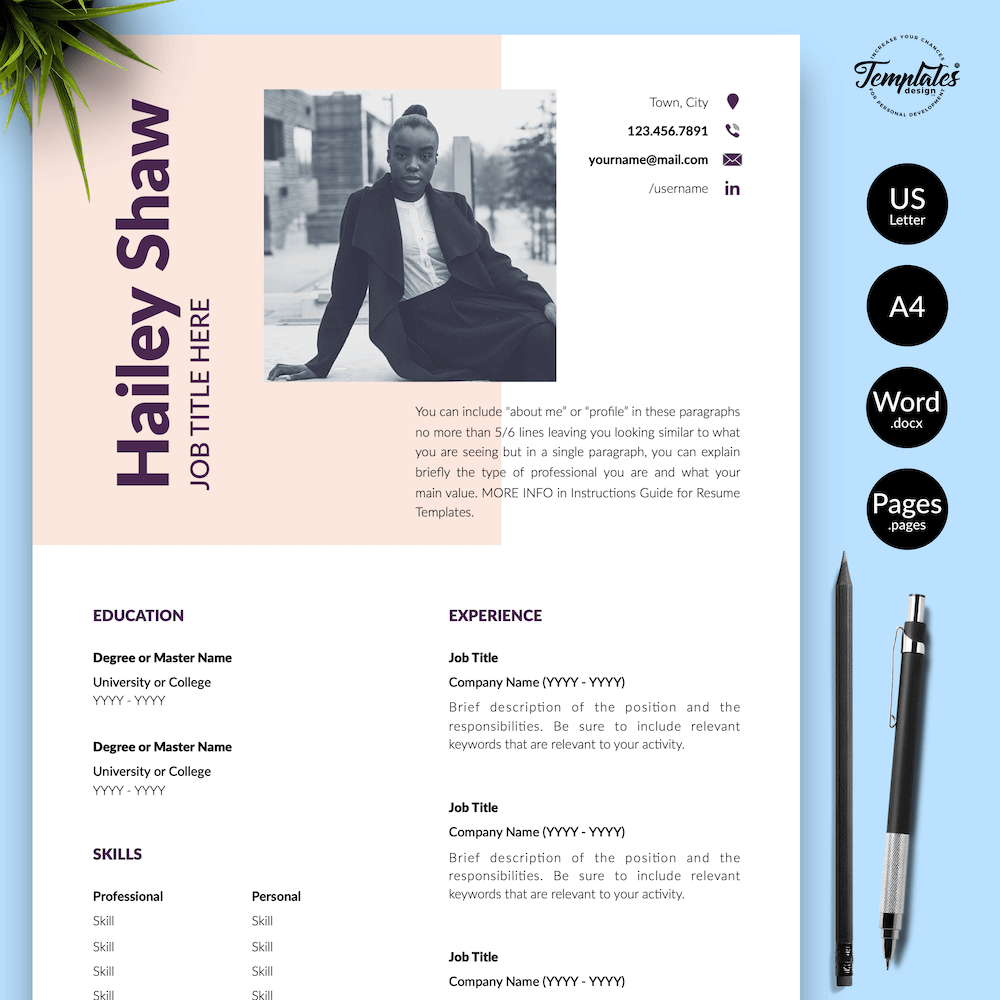
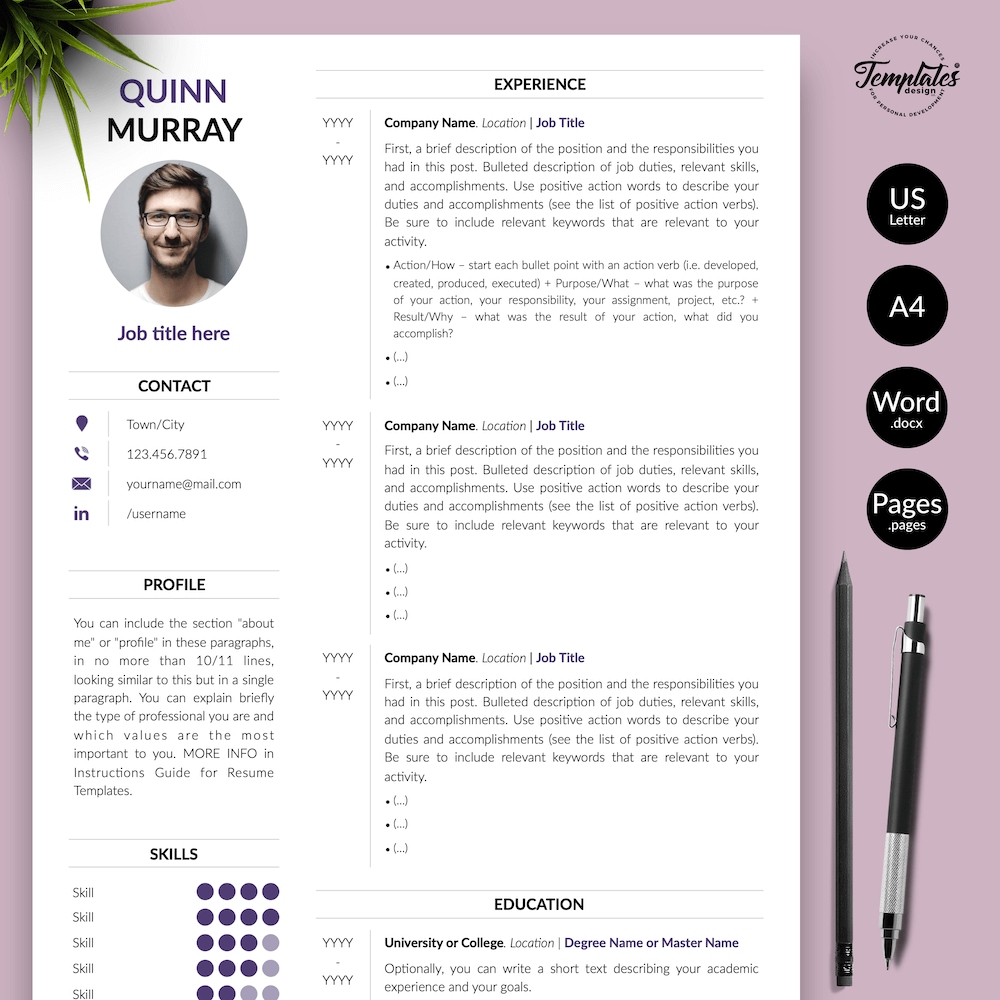
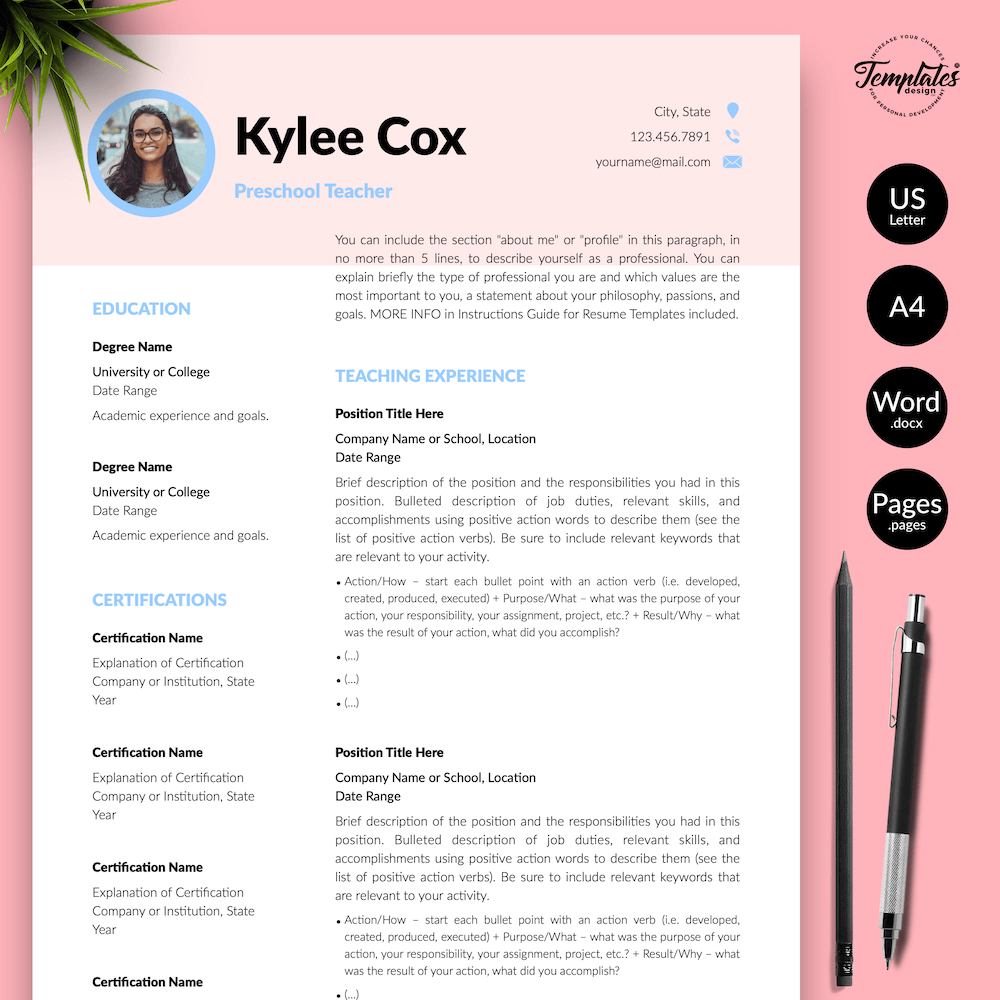
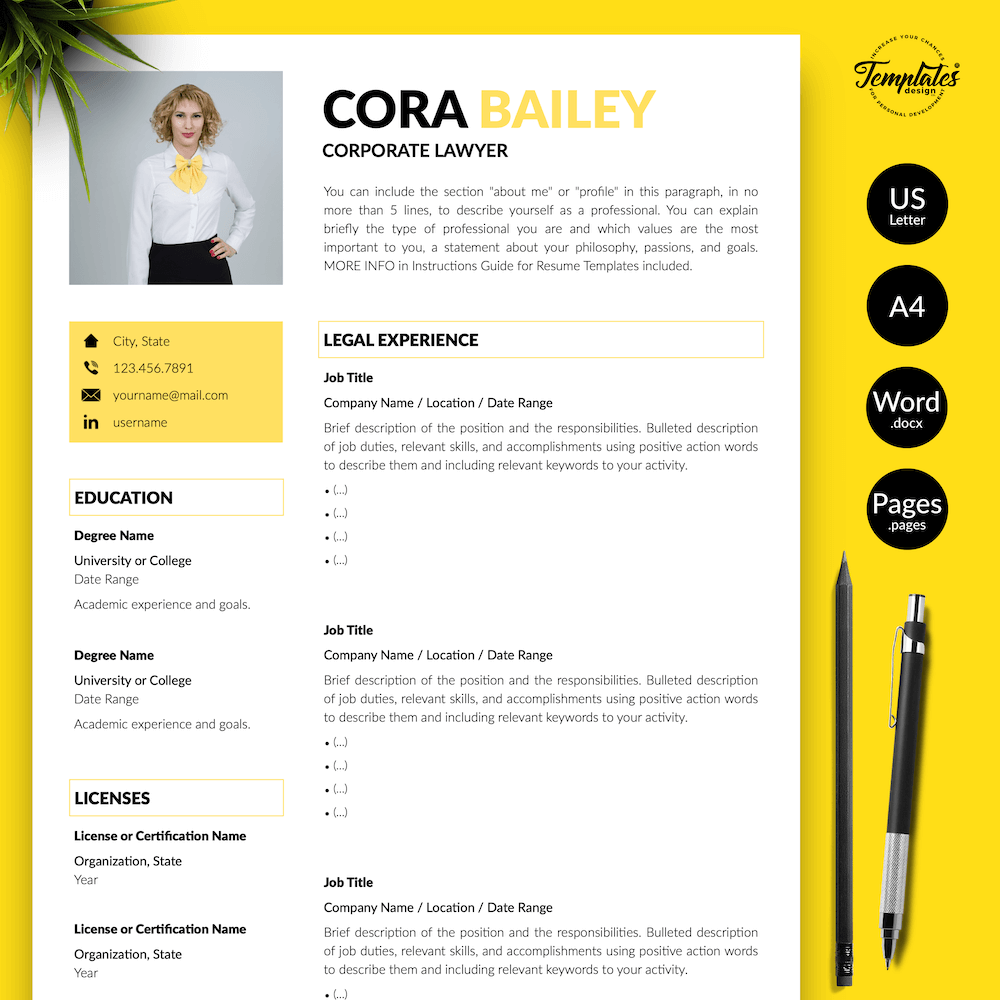
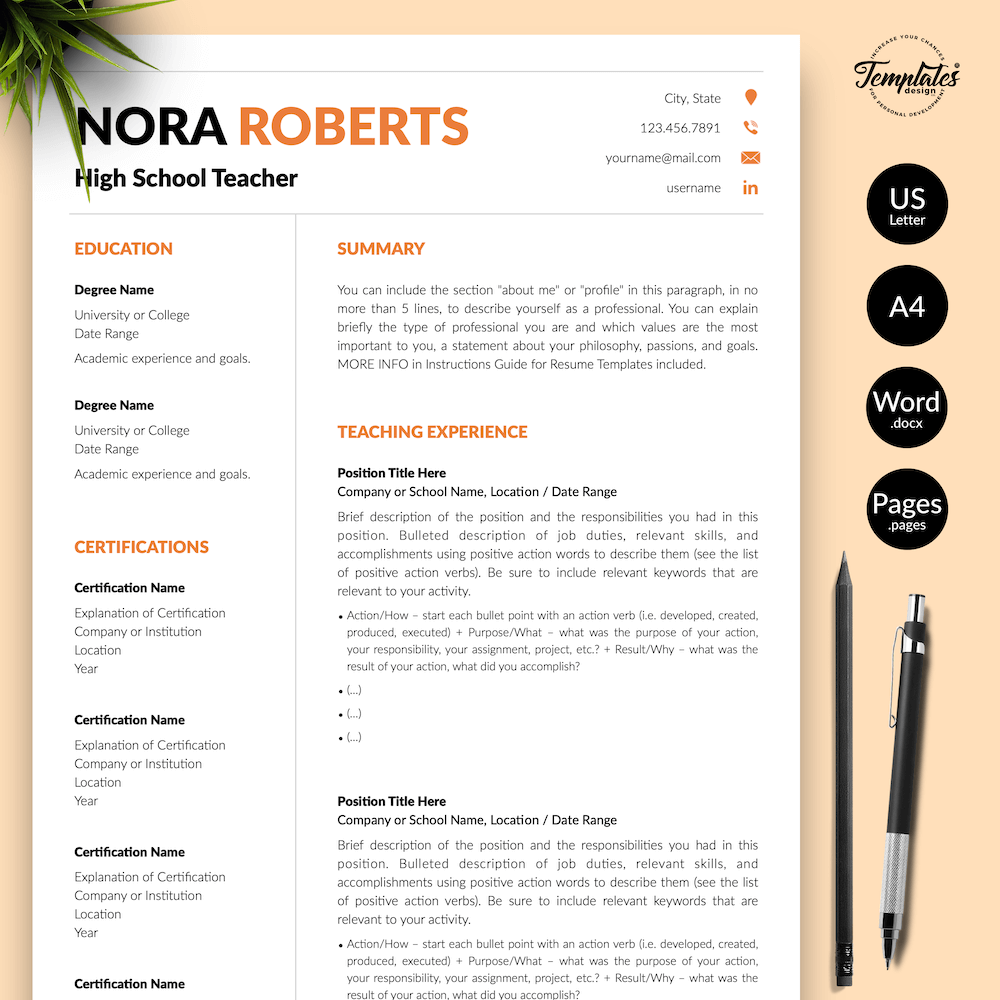
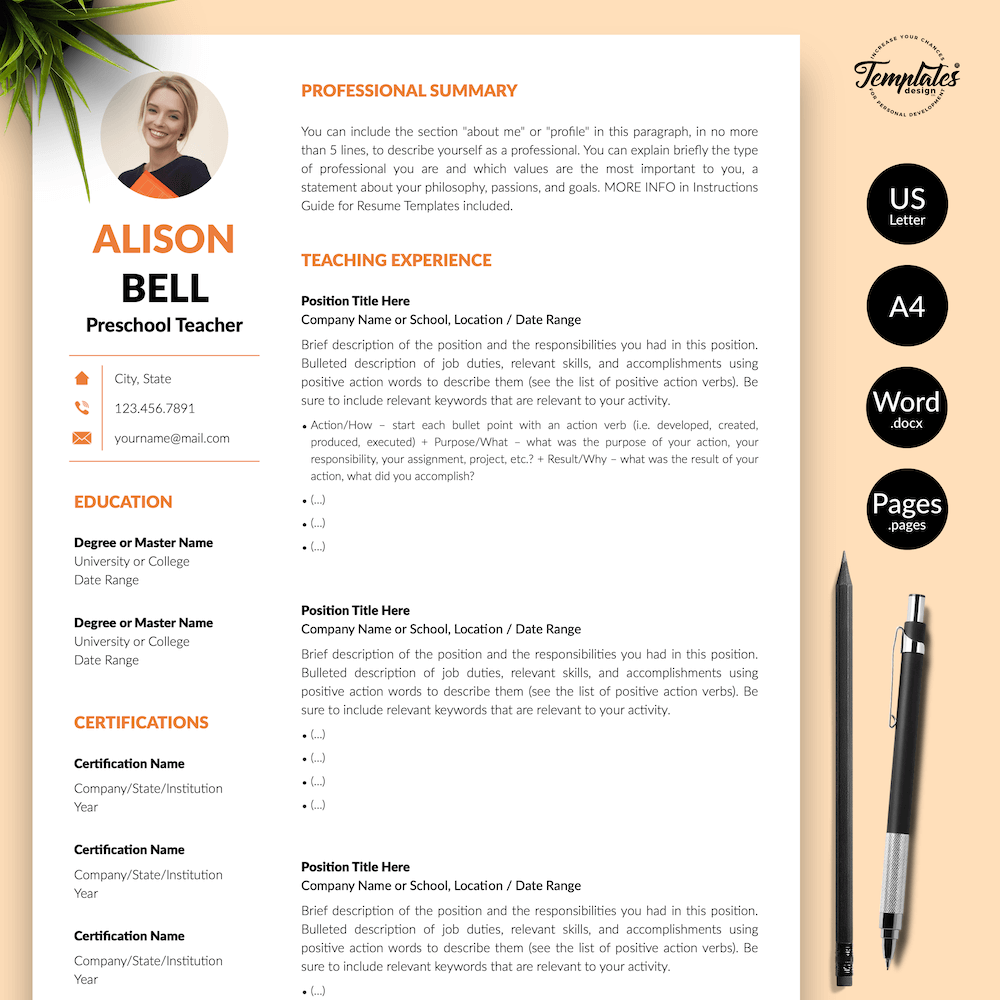
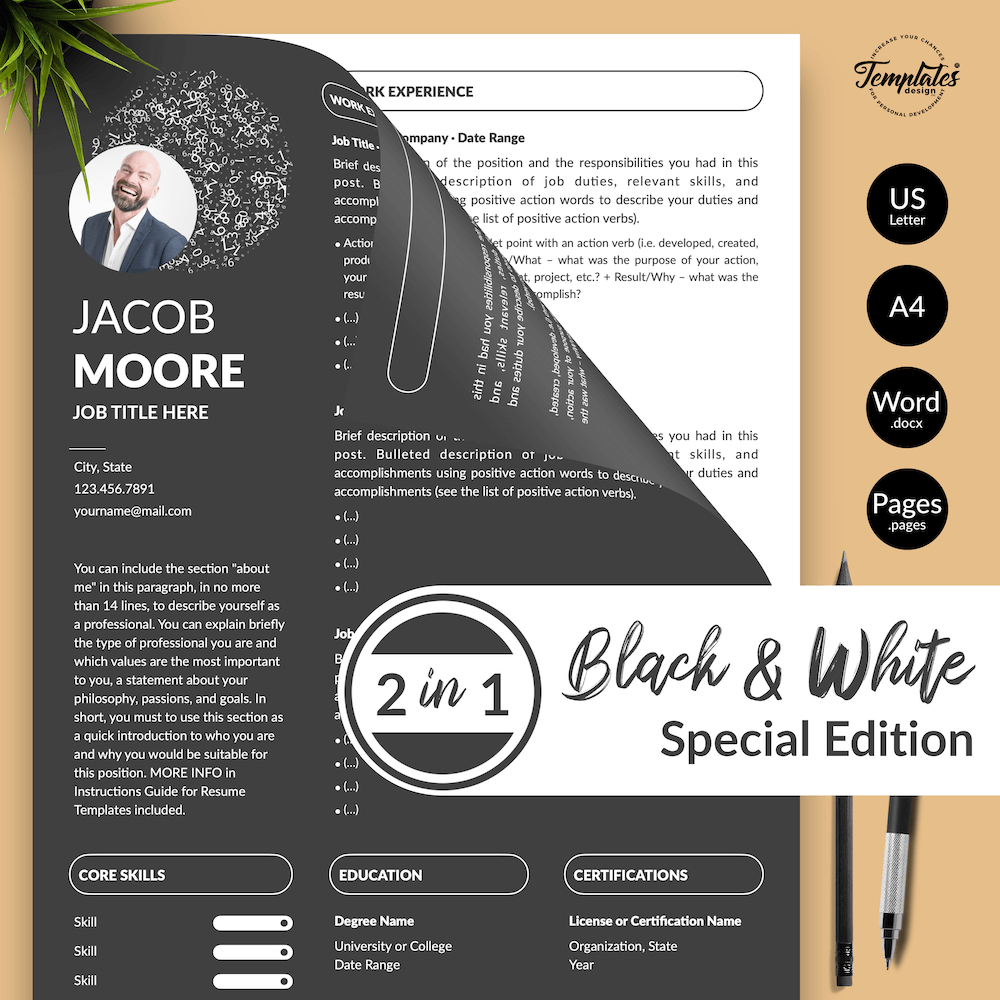
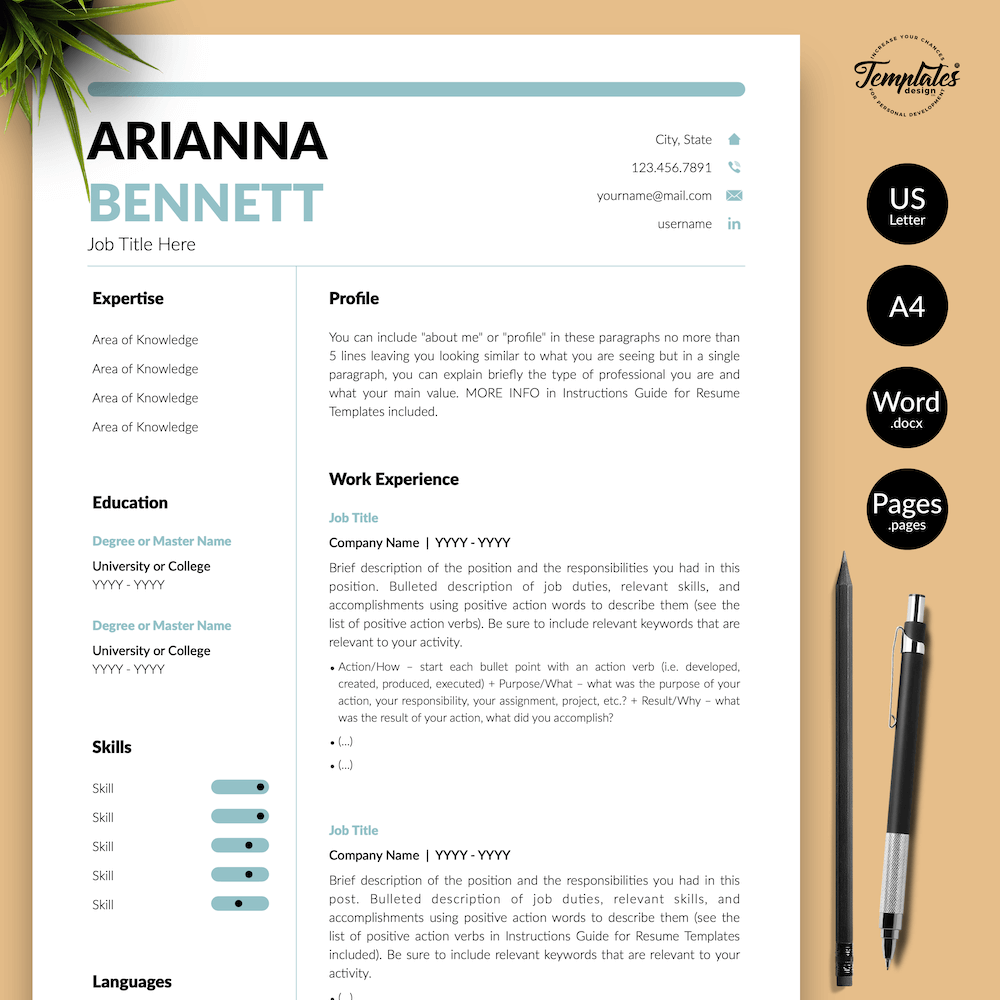
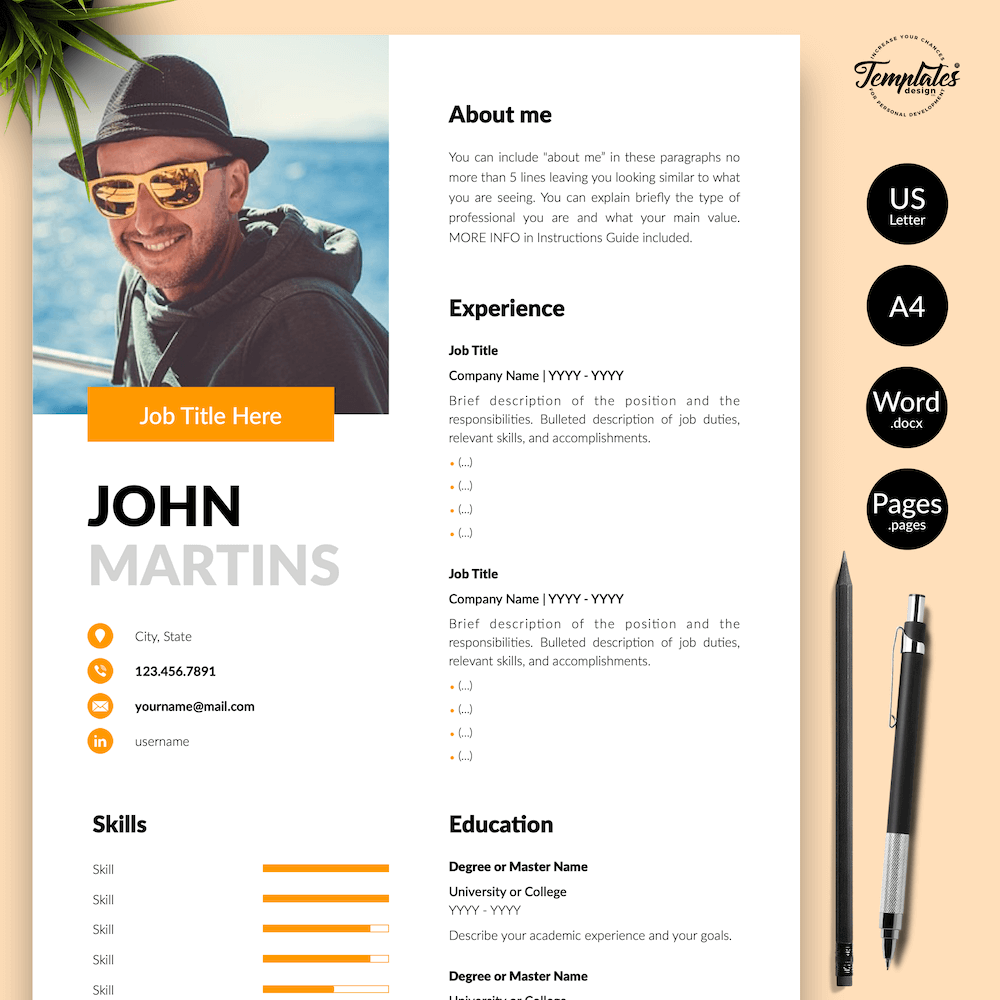
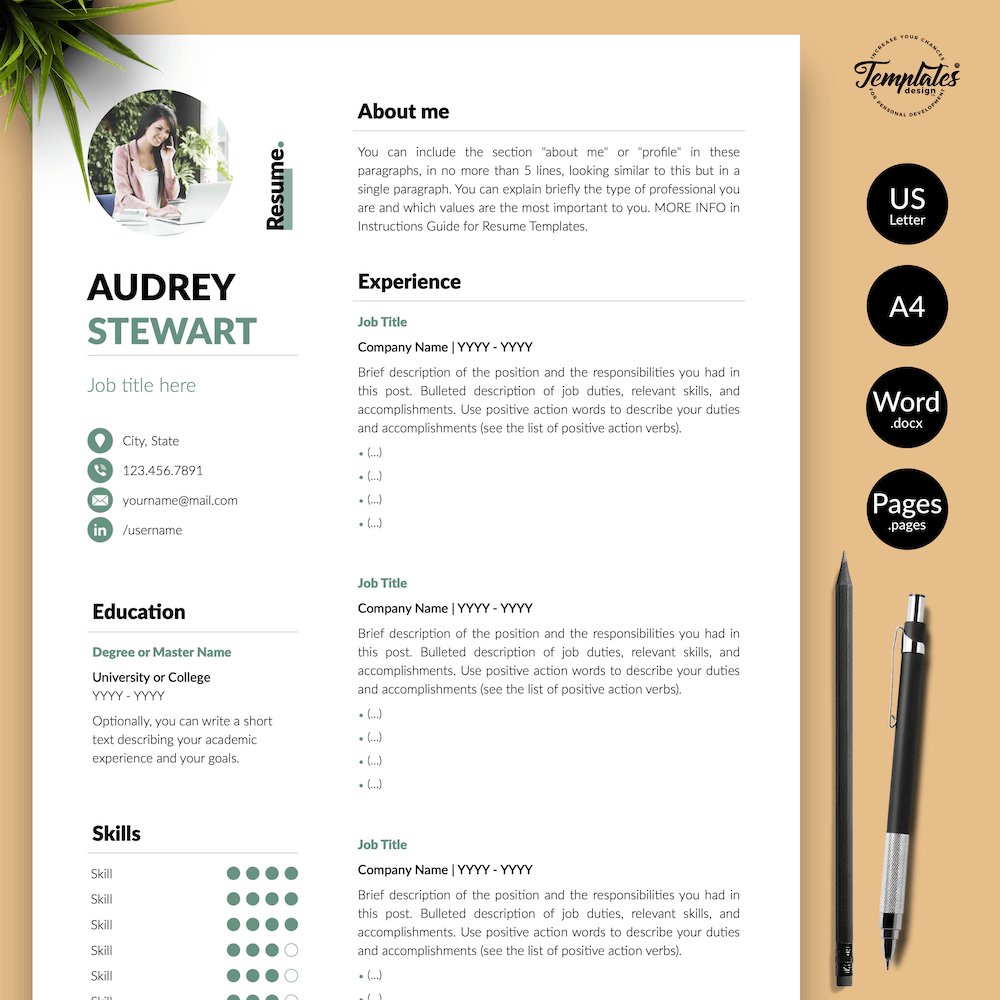
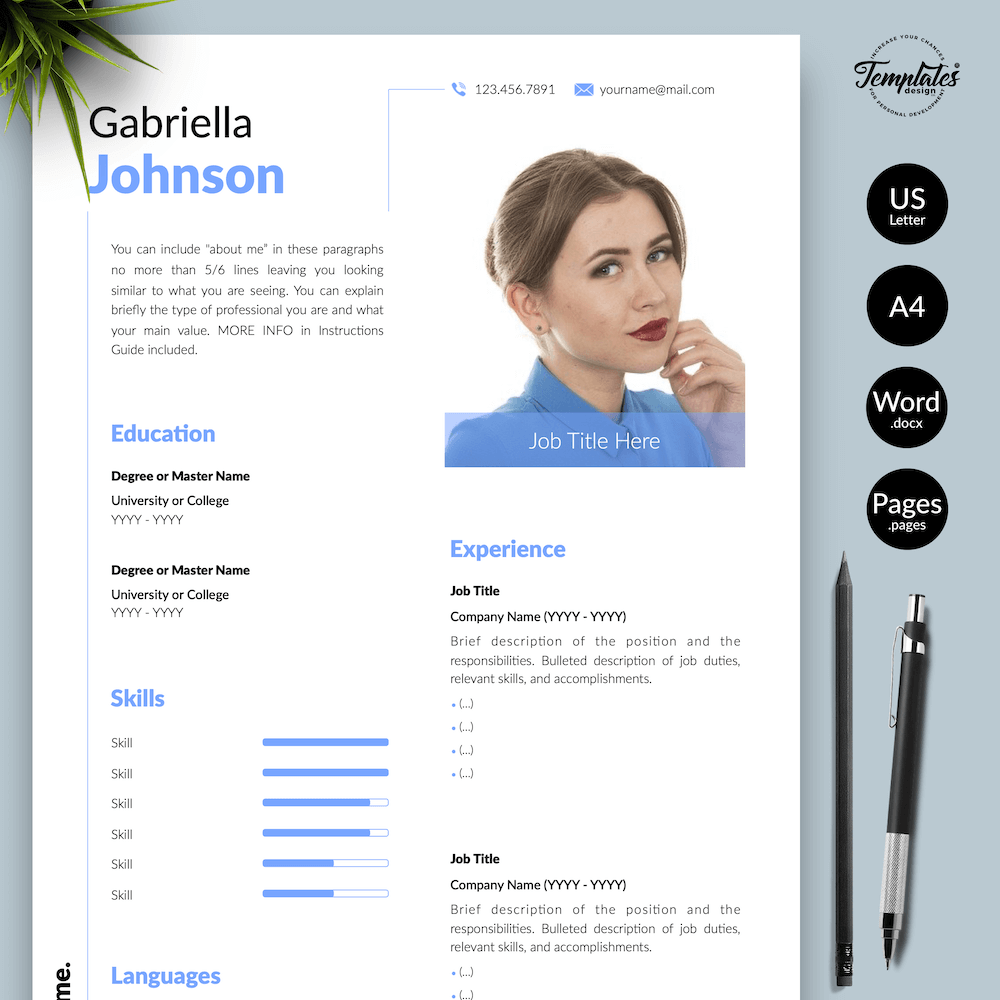
[…] review the job description and identify the skills that the employer is looking for. Customize your resume to highlight those specific skills and experiences that align with the job req…. Use keywords and phrases from the job description to demonstrate your […]